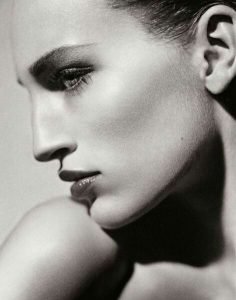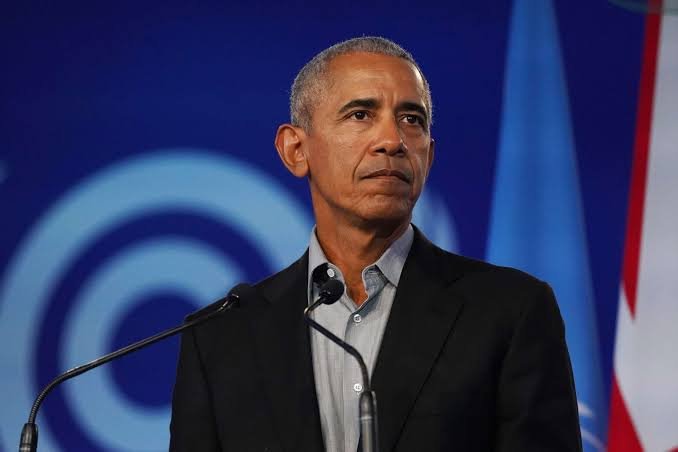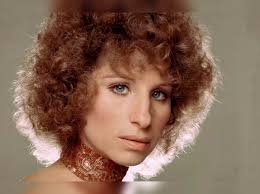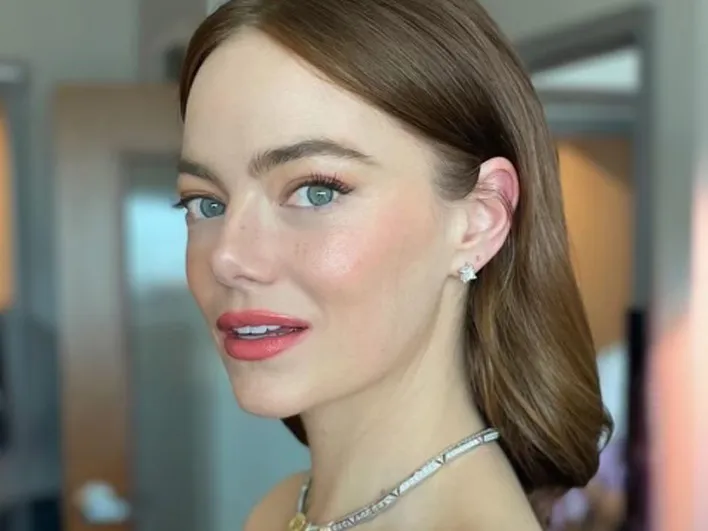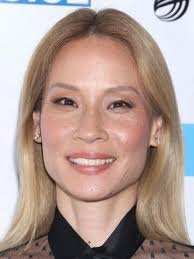Hair extensions are a great way to change your hairstyle, add length, or volume. But one of the most common questions people ask is, “How much do hair extensions cost?”
Prices for hair extensions can vary depending on the type, quality, length and method of application. Below, we’ll discuss the different types of hair extensions and provide a price list to help you understand what to expect.
Hair Extension Price List:
| Type of Extension | Price Range | Lifespan |
|---|---|---|
| Clip-in Extensions | $200 – $300 | 6 months – 1 year |
| Tape-in Extensions | $60 – $150 | 6 – 8 weeks |
| Sew-in (Weave) Extensions | $150 – $300 | 6 – 8 weeks |
| Fusion Hair Extensions | $200 – $300 | 3 – 4 months |
| Micro-link Extensions | $60 – $180 | 2 – 4 months |
| Synthetic Hair Extensions | $50 – $100 | 1 – 3 months |
| Human Hair Extensions | $200 – $800 | 6 months – 1 year |
5 Types of Hair Extensions and Their Prices:
Now lets find out the types of hair extension which are mostly used by women along with their estimated prices.
#1. Clip-in Hair Extensions:
- What are they? These are temporary extensions that you can easily clip in and remove yourself. Perfect for special occasions.
- Cost: $200 – $300
- Lasts for: 6 months to 1 year (with proper care)
#2. Tape-in Hair Extensions:
- What are they? These are semi-permanent extensions that are taped to your natural hair. They lay flat and blend well with your hair.
- Cost: $60 – $150
- Lasts for: 6-8 weeks before needing to be re-taped.
#3. Sew-in (Weave) Hair Extensions:
- What are they? Hair is braided into cornrows, and extensions are sewn into the braids. Often used for thicker hair types.
- Cost: $150 – $300 (not including the cost of the hair)
- Lasts for: 6-8 weeks
#4. Fusion Hair Extensions:
- What are they? These extensions use a special bonding agent (often keratin) to fuse the extensions to your natural hair.
- Cost: $200 – $300
- Lasts for: 3-4 months
#5. Micro-link Hair Extensions:
- What are they? Small metal rings attach the extensions to your natural hair without glue or heat.
- Cost: $60 – $180
- Lasts for: 2-4 months
Factors That Affects The Hair Extension Prices:
Quality of Hair:
Real human hair extensions are more expensive than synthetic ones. Human hair looks more natural and lasts longer.
- Synthetic hair: $50 – $300
- Human hair: $100 – $1,500
Length of Hair:
Longer extensions cost more. For example, a 12-inch extension will be cheaper than a 24-inch one.
- 12 inches: $100 – $300
- 24 inches: $500 – $1,500
Coloring and Customization:
If you want your extensions to be dyed or styled in a special way, expect to pay extra.
Stylist’s Expertise:
High-end salons and experienced stylists often charge more for their services.
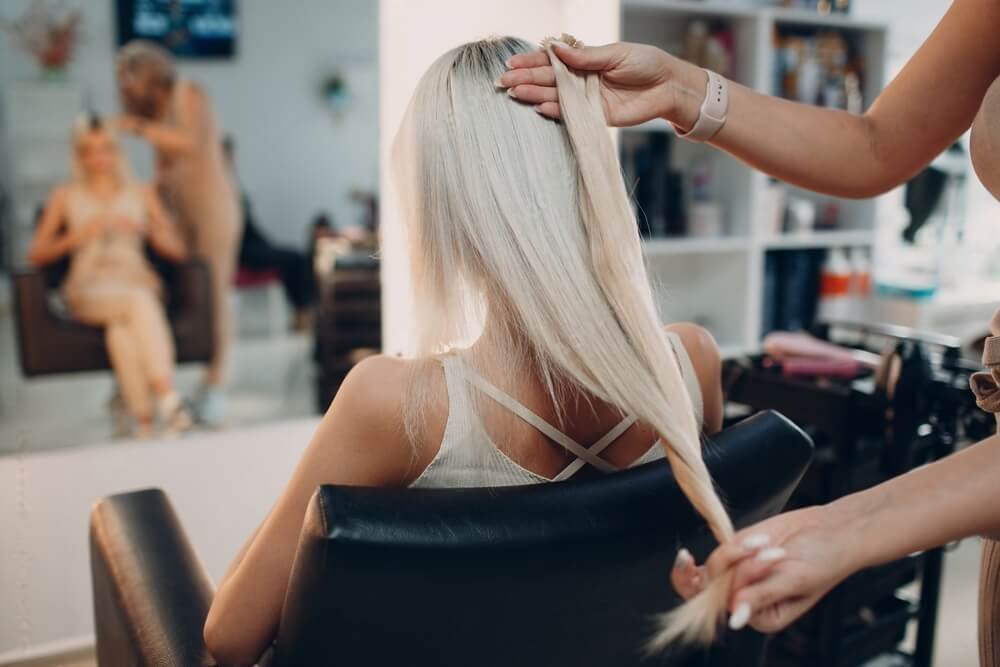
How Do Hair Extensions Work?
Hair extensions are designed to blend seamlessly with your natural hair, adding length, volume, or even color. Depending on the type of extensions, the application process varies.
For example, clip-ins are attached with small clips, making them easy to put in and take out at home. Tape-in extensions use adhesive strips to bond to sections of your hair, offering a flat, natural look.
Fusion extensions involve bonding small strands to your hair with a keratin-based adhesive, while sew-in (weave) extensions are sewn into braided hair for more durability.
Each method has its own benefits, and a professional will help you choose the one best suited for your hair type, lifestyle, and desired look.
Conclusion:
Hair extensions come in a wide range of prices, depending on the type, quality and length you choose. Whether you’re looking for a temporary change or a long-term solution, there’s an option for every budget. Just remember to factor in the cost of maintenance and touch-ups to keep your extensions looking their best.
FAQs About Hair Extensions:
How Much Does 1 row of Extensions Cost?
The cost of 1 row of hair extensions depends on the type of extension and the salon. On average, 1 row of extensions can cost between $100 to $300, not including the cost of the hair. Customizations, hair quality and stylist expertise can also affect the price.
How Long Do Hair Extensions Last?
The lifespan of hair extensions based on the type and how well they are maintained. Clip-in extensions can last 6 months to 1 year, while semi-permanent options like tape-in, fusion and micro-link extensions can last between 6 weeks to 4 months before requiring touch-ups or reinstallation. Proper care extends their lifespan significantly.
Do Extensions Damage your Hair?
Hair extensions generally don’t damage your hair when applied and cared for properly. But, improper application, too much tension or poor maintenance can lead to breakage, thinning or scalp issues. It’s important to have them installed by a professional and follow aftercare instructions to keep both your natural hair and the extensions healthy.











